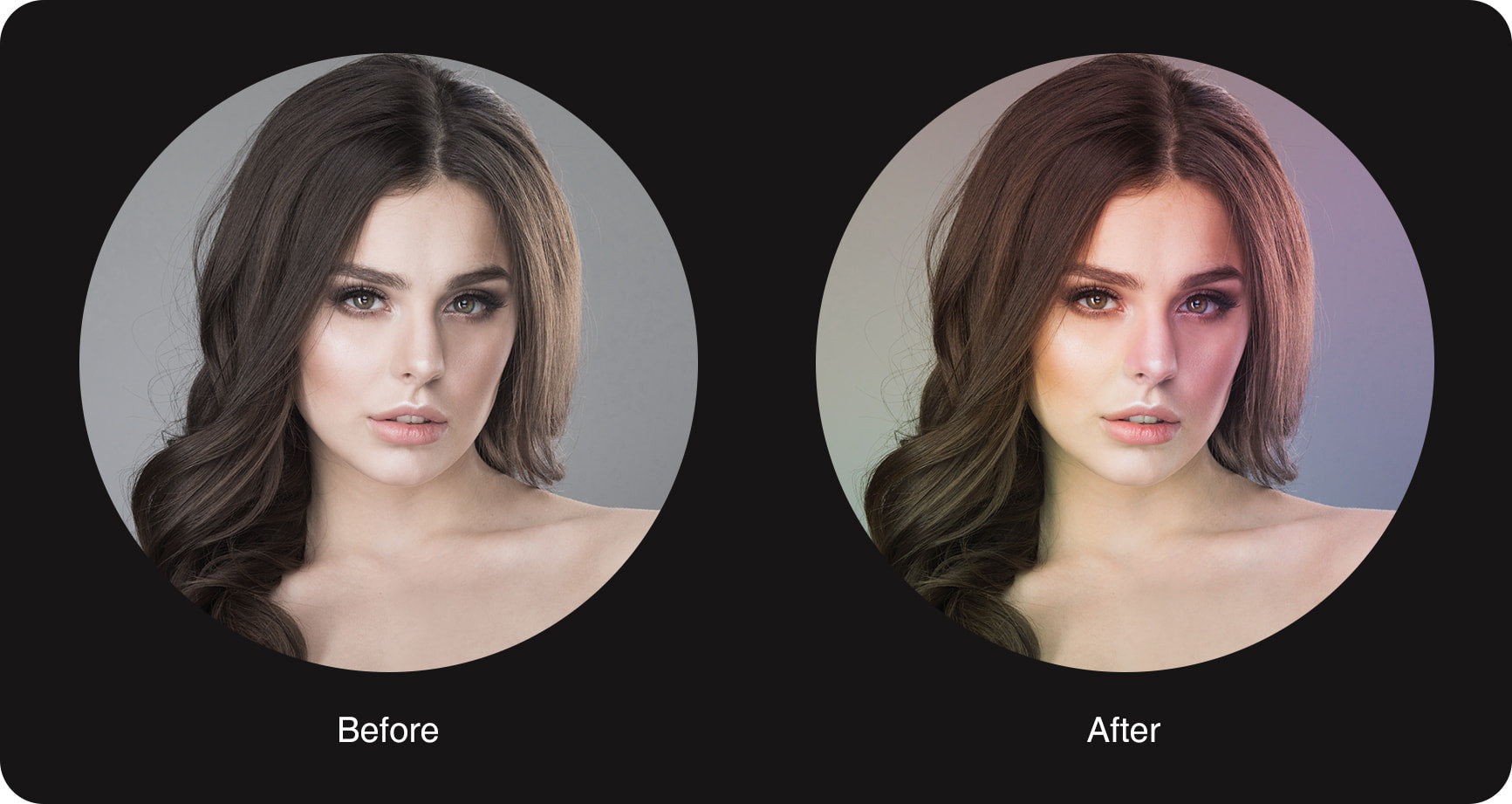Color LED light can elevate your photographs to new levels. Whether calm or bright, they may either provide a unique, surprising impact or assist you create the ideal ambiance for your project.
Color LED light meaning
Different color LED light temperatures are available from LED bulbs, which is what gives light its "warm" or "cool" sensation. A lower color temperature creates a warmer, cozier light. And a higher color temperature creates a cooler, more energizing light.
Any type of lighting, whether it be for a shop display, an outdoor patio, or a domestic cabinet, should be illuminated with the right color LED light.
Daylight LED light and RGB LED light are often mentioned when it comes to LED color changing lights for photography. The most popular daylight LED lights in photography are about 5500k–6500k, like the COLBOR CL100-M. And the most popular RGB LED lights in photography are about 2700K–6500K, like the COLBOR CL60R.

How to use color LED lights in photography?
The following is included in three different ways for photographers to use in their portrait and video work.
Use color LED lights directly on your subject
Directly add some color on your subject with color LED light is another technique to give your photograph a distinctive look. There are countless options with this approach, which is very different from the bi color LED video light that photographers use. If you discover that some color tones appear better on the face than others, it means that you need to mix and match colors. Try it bravely, there is no fixed collocation.
Add the color lights into your scene as practicals
Using the actual lights in the frame is a fantastic way to bring something fresh to your photos. By revealing a little portion of the studio's backstage, you may also draw the audience into your scenario and give them a glimpse of what a photoshoot is like. The light in the frame adds context to the overall appearance of the image if you are using a certain color palette in your photograph. Without the available light in the scene, the spectator could be perplexed as to why the photograph uses these tones.
What effects could be brought by color LED lights in photography?
Different colors are associated with different moods. One can experience different emotions through various shades and colors of light.
Color in photography often reflects how we perceive in everyday life. Red represents speed or danger, whereas blue represents solitude and coldness. Let's thus explore how color LED light affects mood in photography and how you may manipulate the color.
Composing color in photographic equipment
Let’s start with the most obvious factors: white balance and color temperature. In post-production, we may adjust the white balance by shooting in RAW. But while shooting the picture, it's critical that we are clear on our desired outcome.

A mood in photography is created in large part by the time of day and the color of the ambient light. A color LED light with a lower color temperature will help you capture a warmer tones. Conversely, the higher one will enable you to shoot mysterious and cool images.
For example, when shooting a foggy mountain landscape at dusk, a cooler daylight LED light will help bring out the light’s blue tones.
Creating color moods in post production
As mentioned above, shooting in RAW gives us a lot of flexibility when it comes to composing our colors. In addition to adjusting the white balance between warm and cold, we can also alter the tint between magenta and green through RGB LED light when shooting.
In post production, split toning is another method for producing fantastic moods. By doing so, you may switch from warm to cold or vice versa in the tones of a color. Additionally, you may alter the color of a single tone.
By covering your subject's color, you may enhance it with selective saturation. You might also slightly desaturate the background to help your subject stand out.
Contrasting moods with different color LED light
Different color LED light can produce various color to evoke contrasting emotions, which is one of the most effective uses of color in photography.
Let’s take an example. A person sitting in the window of a warm, cozy cafe is looking out the window at a dismal, wet street.
The skin of the subject and the reflection of light in the window in such a photograph would both mirror the warm, orange, yellow light. It gives us a sense of wanting to be there. We feel lonely and depressed outside in the blue light of a wet day, which makes us long to be inside the cafe.
We can express emotional contrast through various shots. Your subject is predominately one color while your background can be set off to another color by different color LED lights, such as RGB LED light.
Conclusion
We frequently undervalue the role that color plays in our composition. We usually take color photography for granted and fail to recognize its ability to evoke strong emotions.
Look for methods to evoke emotion with the most suitable and best color LED lights the next time you're out shooting. Examine the light, seek for unique colors, and devise a technique to integrate them into an emotional shot.
